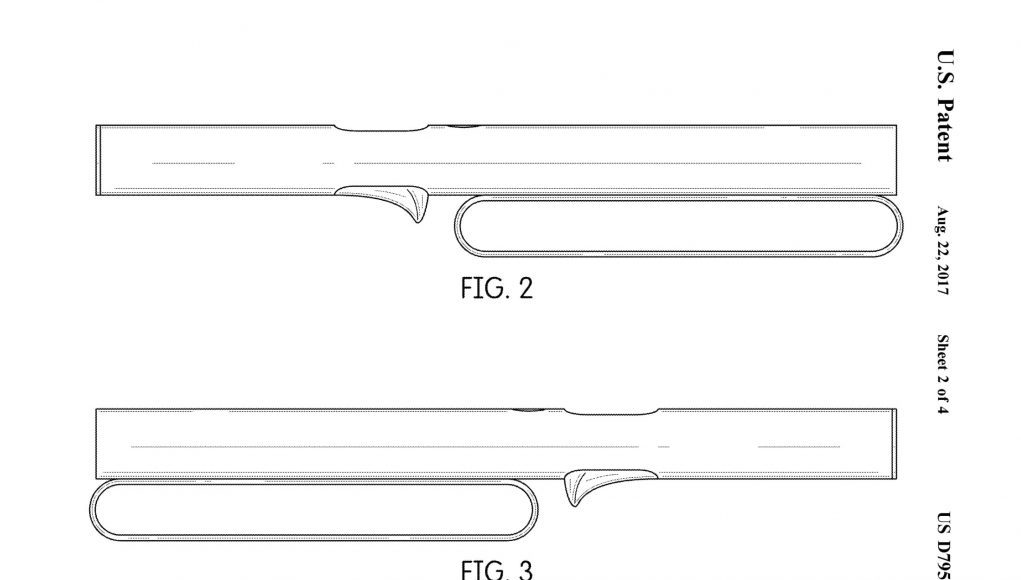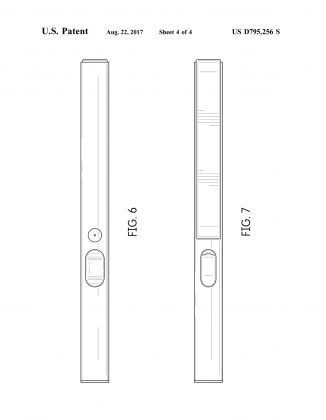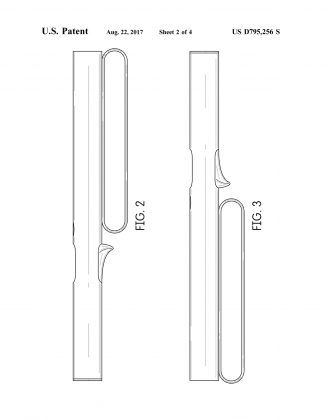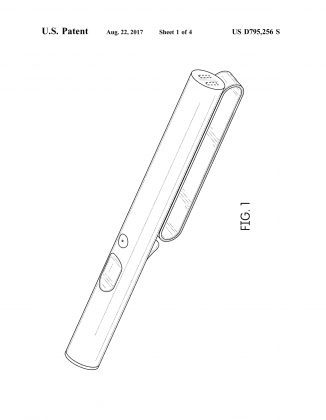Microsoft’s HoloLens already has a physical input device, the HoloLens Clicker, but in a recently published patent, we may be getting a peek into what the company was initially planning before they decided to include each HoloLens with the tiny 3DoF device.
First spotted by The Verge via Twitter user WalkingCat, the proposed wand features a trigger and what appears to be a touchpad and button just where the thumb would rest.
The Clicker (which comes with HoloLens) already lets you essentially replace hand gestures so you can select, scroll, move, and resize 3D objects with the touch of a button, but the proposed device revealed in the patent appears to fit a different use-case, with its integrated trigger easily conjuring up thoughts of interactions like gripping items and possibly firing guns.
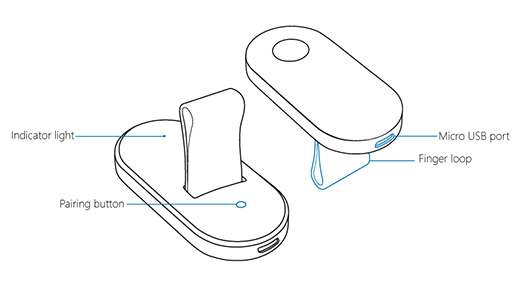
These sorts of gaming-intensive interactions would ideally best be handled by something like Microsoft’s recently revealed motion controllers, but these critically do not support HoloLens, and are only for use with the company’s line of VR headsets.
While no supporting information was included in the official patent detailing the exact function of the touchpad and button below it, the patent specifically cites a Google Glass-compatible concept device created by industrial designer Jorge Trevino as a source of inspiration. Tentatively named Google Draw (the concept was created by Trevino, and is not a Google product), the AR stylus was imagined to work as both a pen for taking notes and a spray can.

Critically, the design of Microsoft’s AR input device wouldn’t be held like a stylus though, as it appears to be ergonomically similar to Vive’s Lighthouse motion controllers.
It’s unclear at this point if the company intends on producing the wand, although our hunch says it’s probably just an early concept. After all, we already got an eye-full last year during a Microsoft promo for their Mixed Reality platform. There’s still no telling what direction the next iteration of Microsoft’s HoloLens will take however, or whether the platform is making way for more dedicated AR gaming apps to fit alongside its productivity-focused Windows Universal Platform apps. Either way, we’ll be watching Microsoft intently for their next move to see if the device ever sees the light of day, or fades into obscurity.

